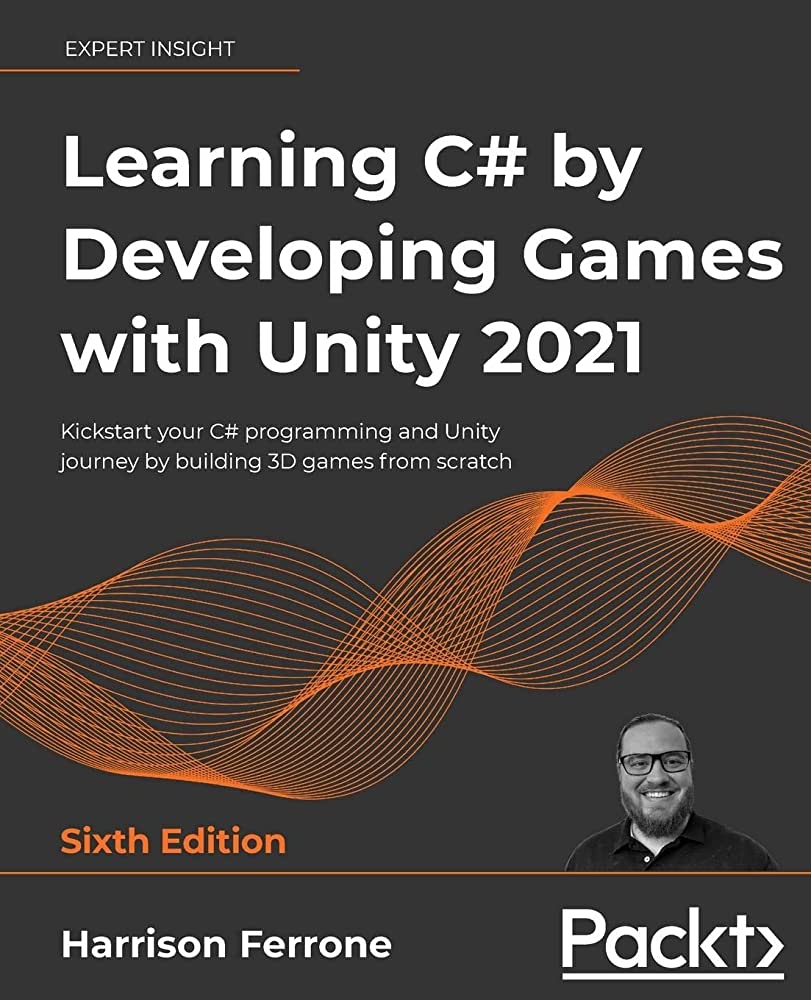Game programmers play an essential role in the video game industry by bringing games to life on various platforms such as consoles, PCs, and mobile devices. The process of creating a game involves several steps, including conceptualization and design, implementation of game logic, building the game world, programming artificial intelligence, testing and debugging, and optimization and refinement. Game programmers use programming languages such as C++, Java, or Python to create game logic, work with artists and animators to build the game world, and refine the game by adding extra features, ensuring the final product is bug-free, engaging, and fun to play.
Introduction
The video game industry has grown exponentially in recent years, with a huge variety of games available on various platforms such as PC, consoles, and mobile devices. These games are a result of the hard work of game programmers who have toiled tirelessly to make them come to life. A game programmer’s job is to create the game mechanics, artificial intelligence, and other game systems that make the game engaging and fun for players. This article will take you through a game programmer’s journey from scratch to creating a game.
Step 1: Conceptualization and Design
Before anything else, game programmers must have an idea of what they want to create. It could be a puzzle game, a shooter game, role-playing game, or something else entirely. This is the first step of bringing the game to life. Once game programmers have an idea, they will begin to work on the design document. The design document is a written plan that outlines how the game will work, what the game will look like, and how the player will interact with it. It is an essential guide that will be used throughout the game production process.
Step 2: Implementing Game Logic
After finalizing the design document, game programmers move to the implementation stage. This is the stage where the game logic is programmed. The game logic is essentially the rules of the game. It defines how the game will react to different player inputs or how AI characters will interact with the environment. The game logic includes coding game mechanics, physics, collision detection, and other core gameplay features. Game programmers use programming languages such as C++, Java, or Python to create the game logic.
Step 3: Building the Game World
Now that the game mechanics have been programmed, the next step is to build the game world. The game world encompasses everything within the game; from the environment, game objects, characters, and more. This step involves creating 3D or 2D models, textures, animations, and sound effects. Game programmers work alongside artists and animators to build the game world. This step is crucial as it sets the mood and atmosphere of the game.
Step 4: Artificial Intelligence
The game world is now built, and the game logic implemented; it’s time to bring the characters to life. This step involves programming artificial intelligence (AI) for characters in the game. The AI system allows NPC characters to interact with the game world and respond to the player’s inputs. The AI system defines how characters will move, react, and communicate with each other. Game programmers use AI algorithms such as decision trees and behavior trees to implement AI in games.
Step 5: Testing and Debugging
With the game playable, game programmers now move into the testing and debugging phase. This stage involves identifying and fixing bugs in the game. Bugs are issues within the game that may cause it to crash, not function correctly or be unplayable. Game programmers and testers play through the game and identify any issues that need to be fixed. Testing is also necessary to balance the game difficulty and ensure that the game is engaging and fun.
Step 6: Optimization and Refinement
Once the game is bug-free, game programmers will optimize the game to ensure that it runs smoothly on various devices. Optimization includes reducing the game’s memory usage and enhancing its performance. Game programmers also refine the game by adding extra features, including achievements, rewards, and other in-game benefits. This step is critical as it ensures that the final product is polished and ready to be released.
Conclusion
Creating a game from scratch can be a challenging and rewarding experience for game programmers. The journey from conceptualization and design through to optimizing and refinement can take months or years, depending on the scope of the game. Game programmers work tirelessly to ensure that the game is bug-free, engaging, and fun to play. They collaborate with various artists, animators, and other professionals to create a game that players will love. It’s exhilarating to watch a game go from concept to a fully playable game, and game programmers are at the forefront of making it happen.
